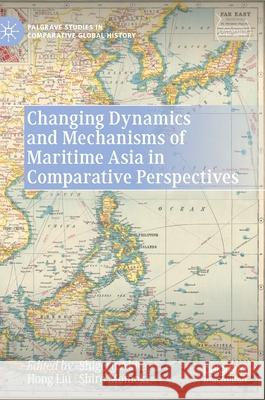Changing Dynamics and Mechanisms of Maritime Asia in Comparative Perspectives » książka
topmenu
Changing Dynamics and Mechanisms of Maritime Asia in Comparative Perspectives
ISBN-13: 9789811625534 / Angielski / Twarda / 2021 / 254 str.
Changing Dynamics and Mechanisms of Maritime Asia in Comparative Perspectives
ISBN-13: 9789811625534 / Angielski / Twarda / 2021 / 254 str.
cena 605,23 zł
(netto: 576,41 VAT: 5%)
Najniższa cena z 30 dni: 539,74 zł
(netto: 576,41 VAT: 5%)
Najniższa cena z 30 dni: 539,74 zł
Termin realizacji zamówienia:
ok. 22 dni roboczych
Bez gwarancji dostawy przed świętami
ok. 22 dni roboczych
Bez gwarancji dostawy przed świętami
Darmowa dostawa!
Kategorie BISAC:
Wydawca:
Palgrave MacMillan
Seria wydawnicza:
Język:
Angielski
ISBN-13:
9789811625534
Rok wydania:
2021
Wydanie:
2021
Numer serii:
000811685
Ilość stron:
254
Waga:
0.48 kg
Wymiary:
21.01 x 14.81 x 1.75
Oprawa:
Twarda
Wolumenów:
01
Dodatkowe informacje:
Wydanie ilustrowane











